In a significant shift for the automotive industry, starting in 2024, electric vehicle (EV) buyers in the United States will experience a more streamlined and financially accessible path to ownership.
Encouraging the Transition to EVs
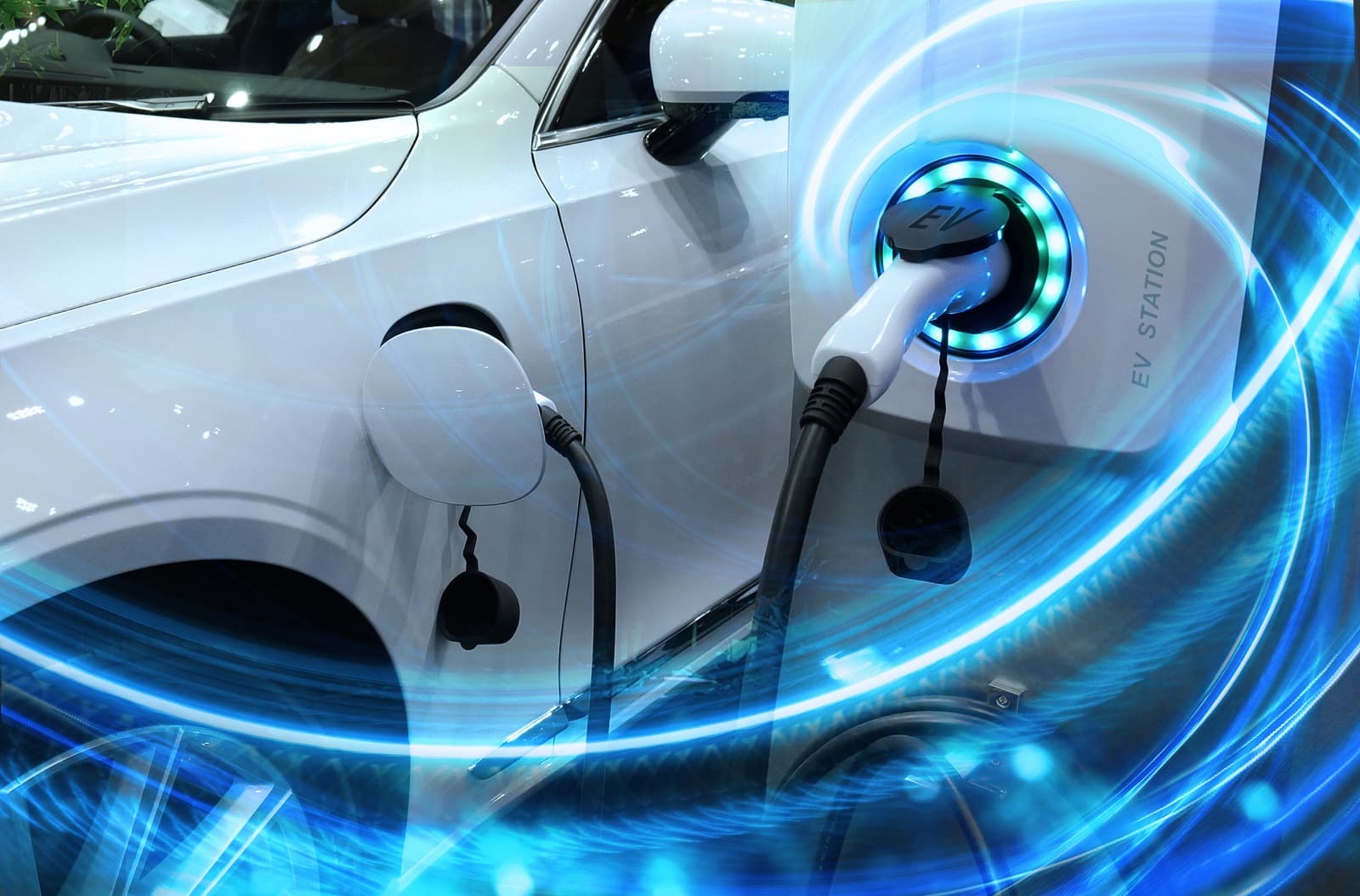
This change, emerging from the Inflation Reduction Act, allows the use of the federal EV tax credit as a direct down payment at the point of purchase. This move is designed to encourage American drivers to transition to electric vehicles, but it also raises important considerations for buyers and dealers.
Immediate Benefits for Buyers

Gone are the days of waiting for tax season to reap the benefits of the EV tax credit. Starting from January 2024, car buyers can immediately apply up to $7,500 for new EVs and $4,000 for used ones at the sale point. This upfront reduction in cost is a significant boon for buyers, making electric vehicles more accessible than ever.
A Boost for Electric Vehicle Sales

This policy change is part of a broader strategy to increase electric vehicle adoption in the U.S. By reducing the initial cost barrier, the government aims to make EVs a more attractive option for consumers, potentially leading to a surge in electric vehicle sales.
Dealership Dynamics Altered

Car dealerships face new operational challenges with this change. The immediate application of the tax credit means dealers will advance the discount and await reimbursement from the government. This could impact their cash flow and necessitate adjustments in dealership finance management.
Cash Flow Concerns for Dealers

The shift in how tax credits are processed puts a spotlight on the financial health of car dealerships. As they await federal reimbursement, dealers must manage their resources carefully, highlighting the importance of efficient cash flow management in the automotive retail sector.
Global EV Market Comparison

The U.S. has been trailing behind countries like China, Germany, and Norway in EV adoption. This new policy could be a game-changer, potentially catalyzing a significant increase in EV sales in the United States.
Tax Credit Incentives Updated
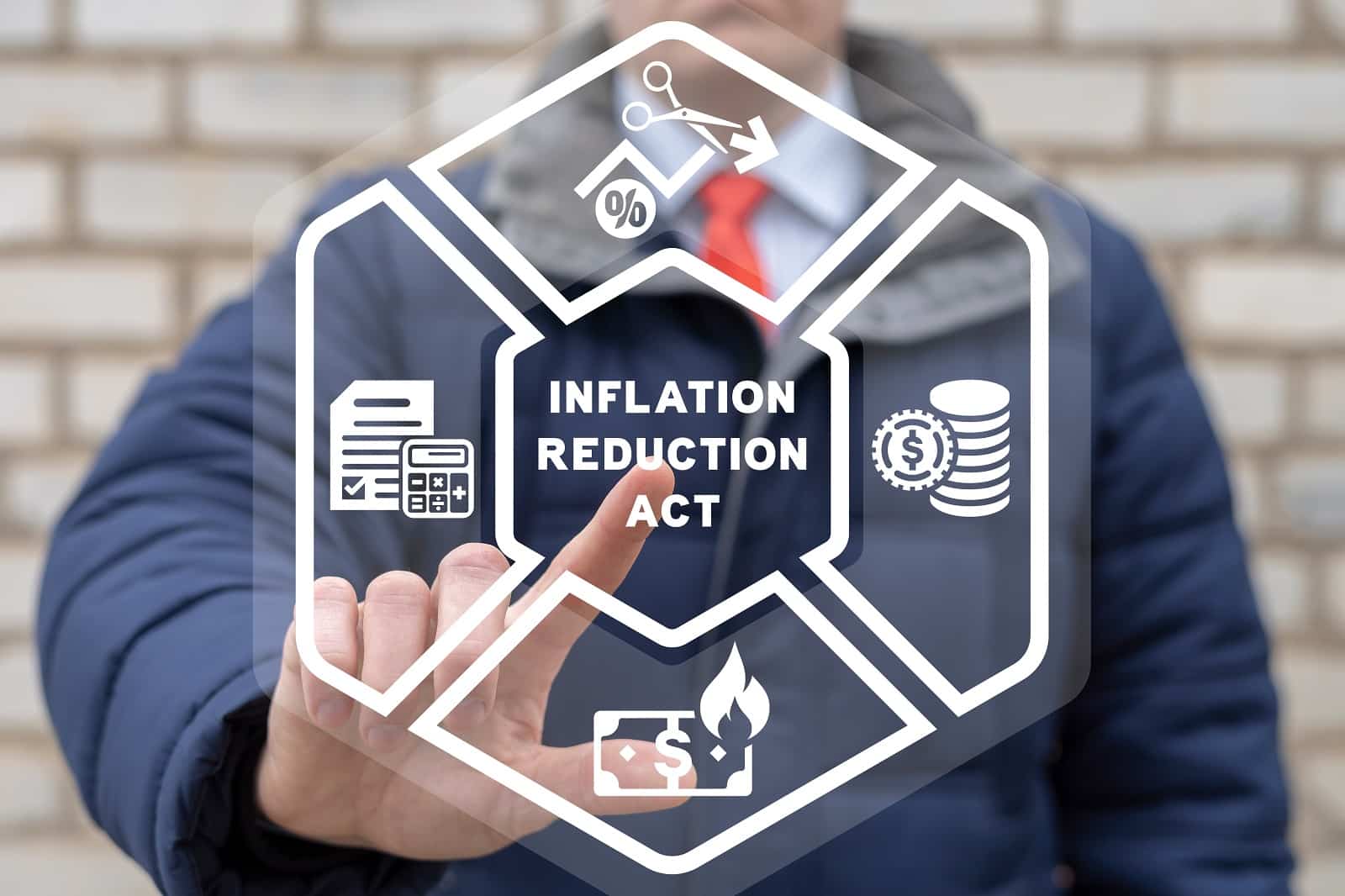
Incentives under the Inflation Reduction Act include up to $7,500 in tax credits for various electric, plug-in hybrid, and hydrogen-powered vehicles. These incentives are regularly updated, providing an evolving landscape of options for potential EV buyers.
Budgeting for Potential Buyers

Prospective EV buyers need to consider this new policy in their budgeting. The immediate application of the tax credit at the point of sale can affect loan amounts, monthly payments, and overall financial planning for purchasing an electric vehicle.
Long-Term Financial Planning
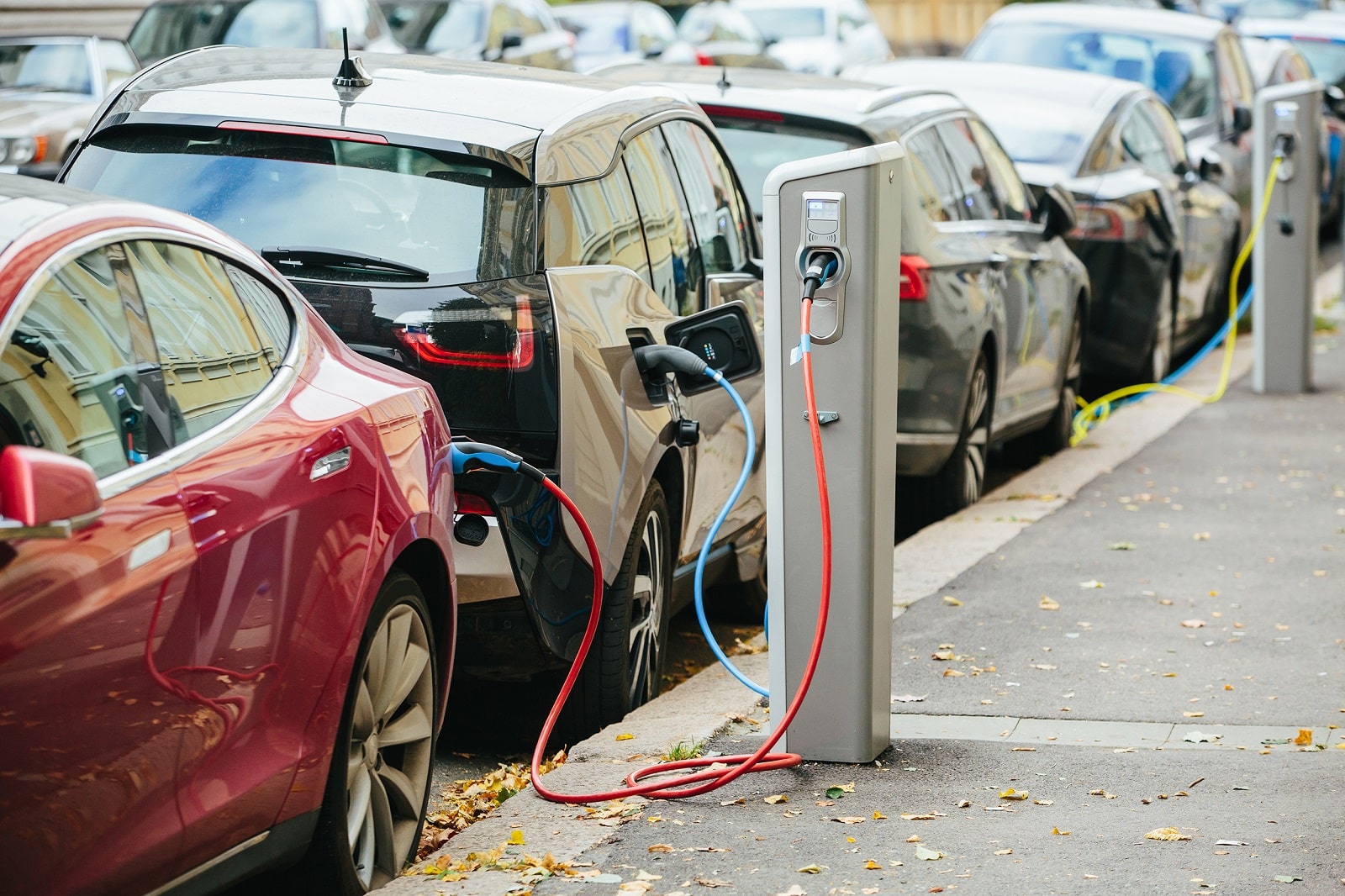
Buyers must also consider the long-term financial implications. While the upfront cost is reduced, owning an EV involves other expenses like charging infrastructure and potential battery replacement costs down the line.
Dealer Reimbursement Delays

Dealers are expressing concerns about potential delays in government reimbursements. The time gap between the point of sale discount and reimbursement could strain the dealers’ financial stability, especially for smaller dealerships.
Impact on Vehicle Pricing

This policy may also influence the pricing strategies of car manufacturers and dealers. They might adjust vehicle prices, considering the guaranteed tax credit, which could affect the overall market pricing of EVs.
Consumer Awareness and Education

There is a need for increased consumer awareness about this policy change. Buyers should be educated on how the tax credit works, its implications on the overall cost of ownership, and the eligibility criteria for different EV models.
Dealer Adaptation and Strategy

Dealerships must adapt to this new landscape by updating their sales strategies, financial management practices, and customer communication to effectively handle the change in tax credit application.
Government Role and Oversight

The government’s role in smoothly implementing this policy and ensuring timely reimbursements to dealers will be crucial. Effective administration and oversight are necessary to maintain the financial health of the automotive sector.
Future of EV Adoption
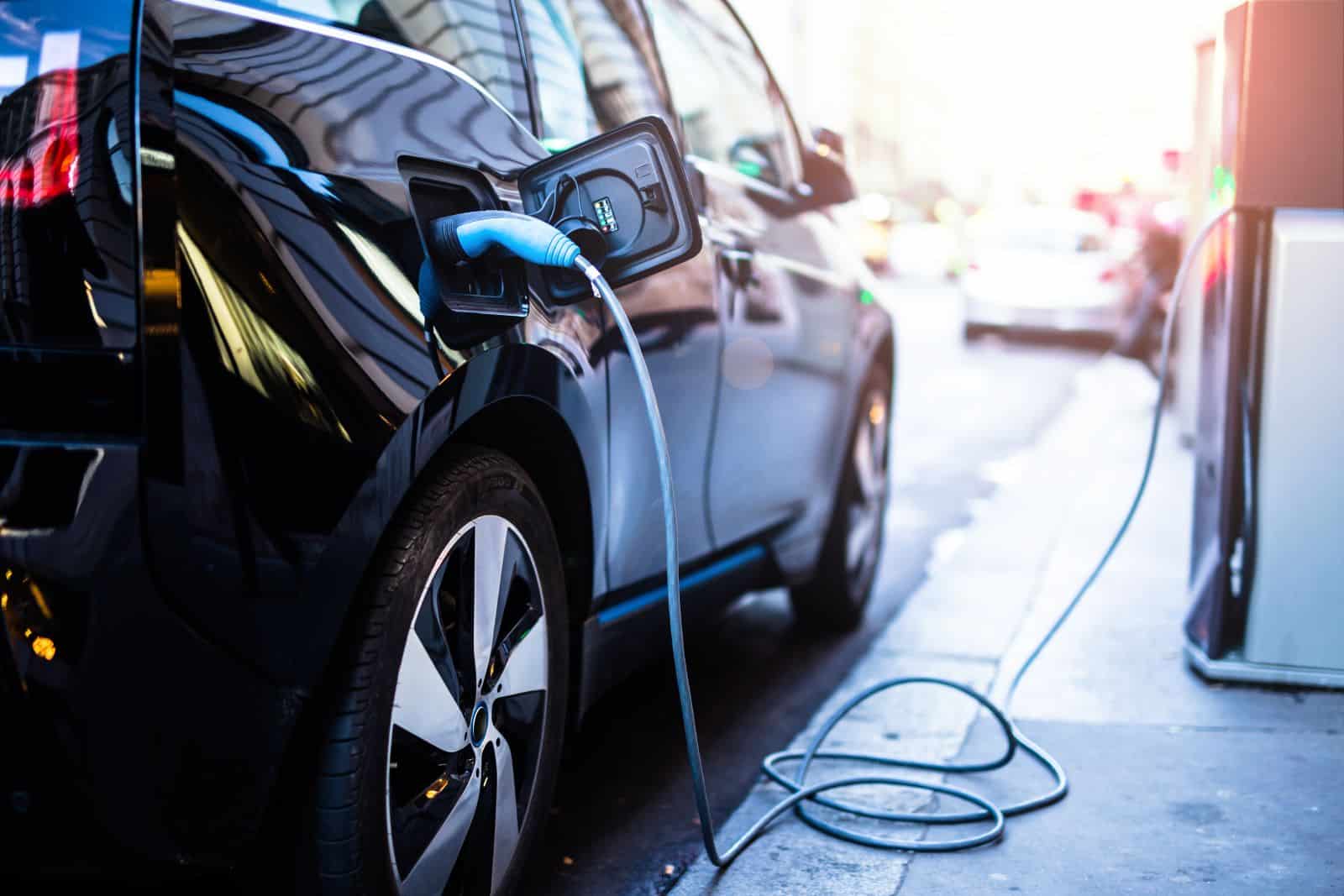
This policy is a significant step towards accelerating EV adoption in the U.S. It reflects a growing trend towards sustainable transportation and the government’s commitment to supporting this transition.
Preparing for 2024 and Beyond
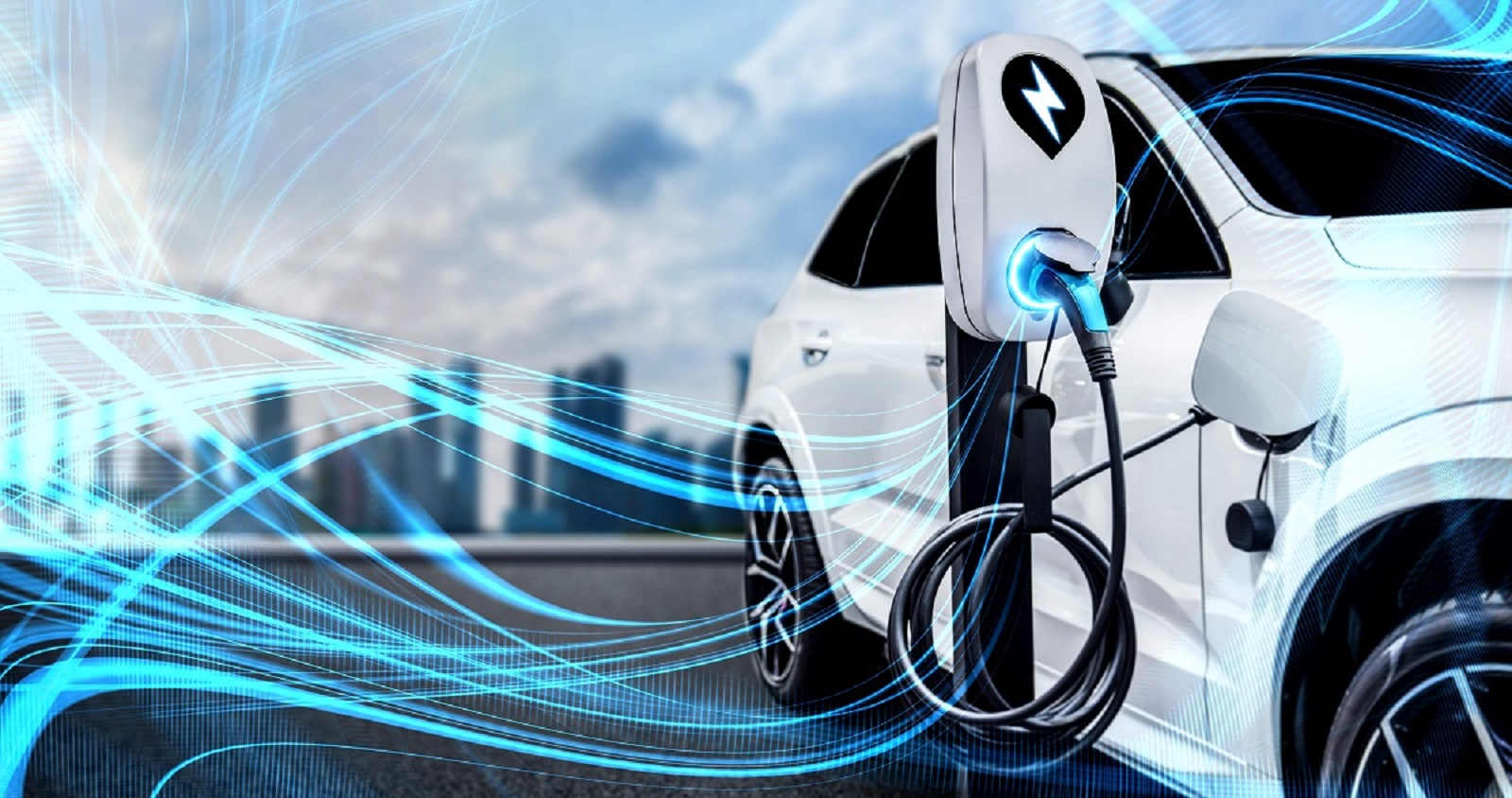
As 2024 approaches, both buyers and dealers are gearing up for this change. It’s a period of preparation and adaptation, with the potential to reshape the U.S. automotive market and drive a more sustainable future.
Careful Consideration

The introduction of the EV tax credit as a down payment offers a unique opportunity for potential car buyers and poses new challenges for car dealers. Both parties must navigate these changes carefully, considering the financial impacts and the broader goal of promoting sustainable transportation.
More From Frugal to Free…
24 High-End Beauty Products That Aren’t Worth Splurging On
24 Retro Kitchen Gadgets Surprisingly Worth Big Money
The post New Vehicle Tax Credit Aims to Make EV’s More Affordable first appeared on From Frugal to Free.
Featured Image Credit: Shutterstock / BlueSkyImage. The people shown in the images are for illustrative purposes only, not the actual people featured in the story.
